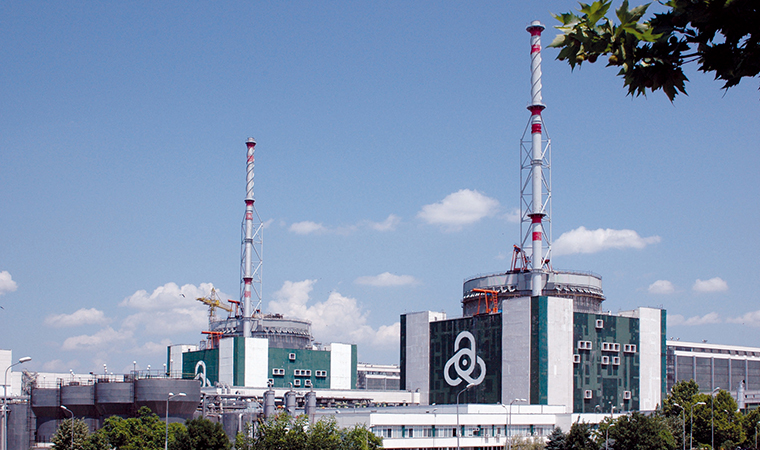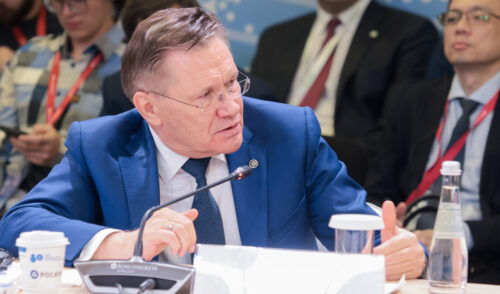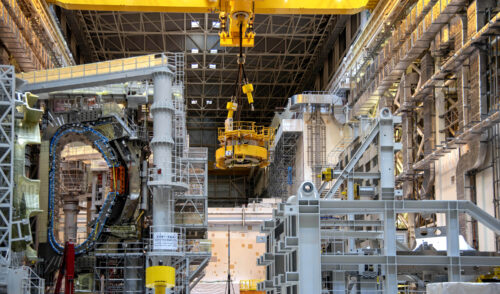
Kozloduy to live longer
back to contentsThe Kozloduy NPP was built with close involvement of the Soviet Union and commissioned in 1974. One of the largest nuclear stations in Eastern Europe, Kozloduy shut down four VVER-440-based units in 2006 as part of Bulgaria’s accession to the European Union. At present, the station operates two units with VVER-1000 reactors, each with an installed capacity of 1,000 MWe.
The service life of Kozloduy Unit 6 expires in 2021. It was early 2014 when Bulgaria first announced its plans to extend the unit’s life for 30 years. Rusatom Service CEO Evgeny Salkov said at a press conference in autumn 2015 that the company was prepared to assist in studying the feasibility of the life extension project.
Last year Rosenergoatom (an operator of Russian nuclear stations), Rusatom Service and Electricité de France (EDF) signed a similar contract to provide feasibility study services for Kozloduy Unit 5. The new agreement was its logical continuation and expansion of the Russian-Bulgarian cooperation. It was signed at a meeting of the Russian-Bulgarian Intergovernmental Commission on Economic and Technological Cooperation.
According to the contract, Rusatom Service and Risk Engineering will audit the reactor island, piping, primary and secondary thermal equipment, diesel generators, process equipment, buildings and structures of Kozloduy Unit 6 and assess their remaining life. The task will be completed in 30 months.
“Russia and Bulgaria have been working jointly in the nuclear industry for more than 40 years. We are glad that our cooperation continues and expands into important and promising areas, such as life extension and modernization projects,” Evgeny Salkov said.
It was also the last year when Rosatom’s TVEL Fuel Company supplied TVSA-12 new generation nuclear fuel to Kozloduy. The new fuel is planned to be loaded in 2016. It will help the Bulgarian nuclear station switch over to a higher capacity mode thus improving the much desired economic efficiency.




